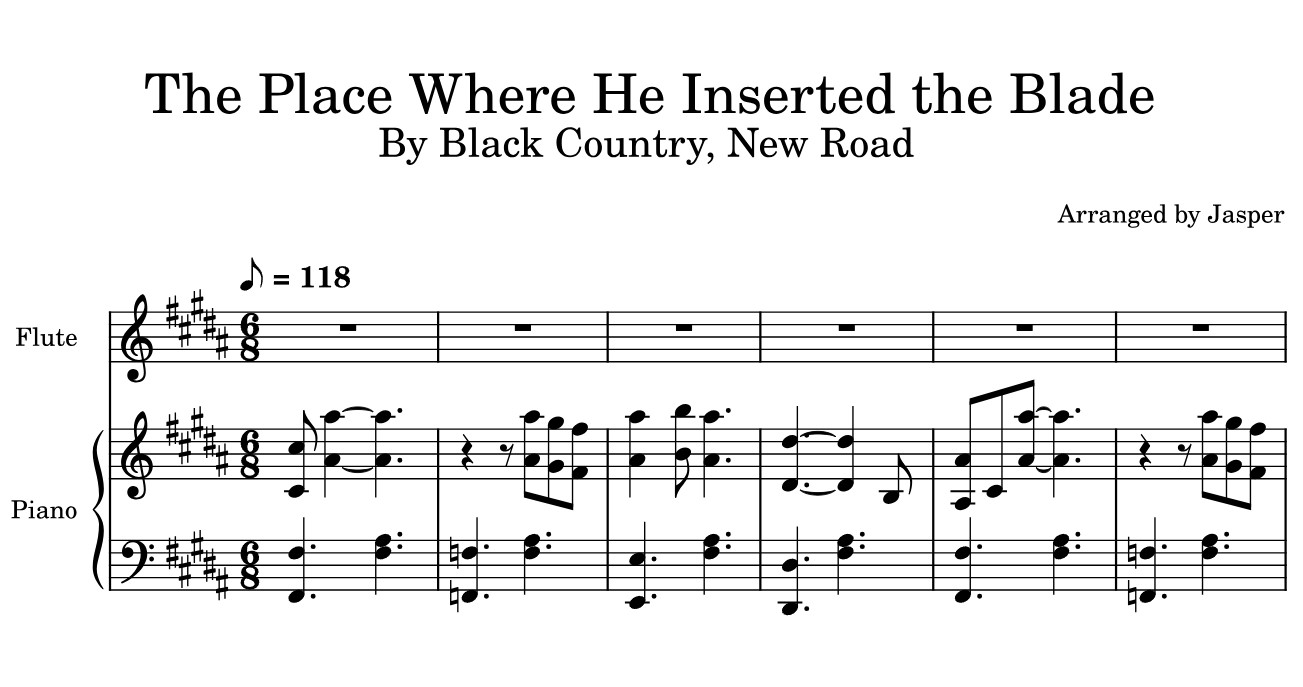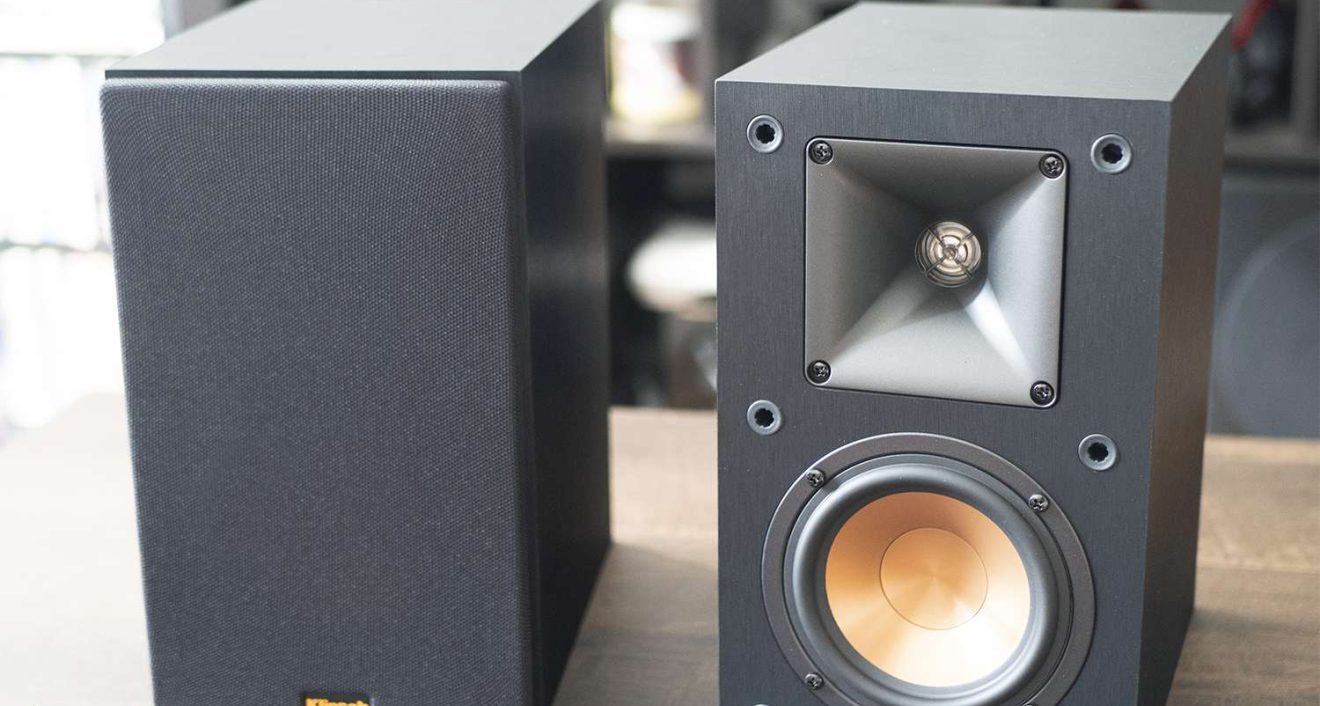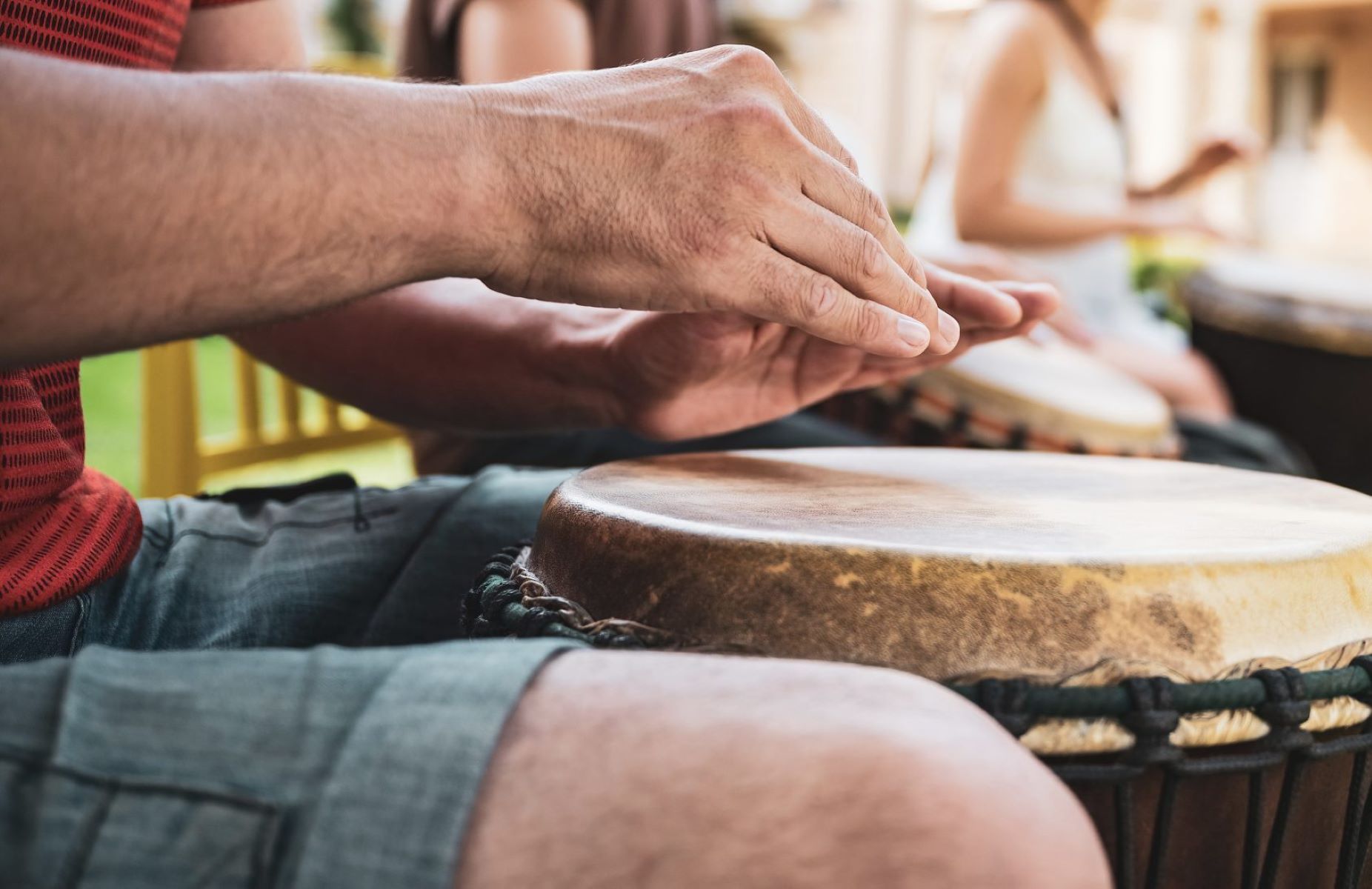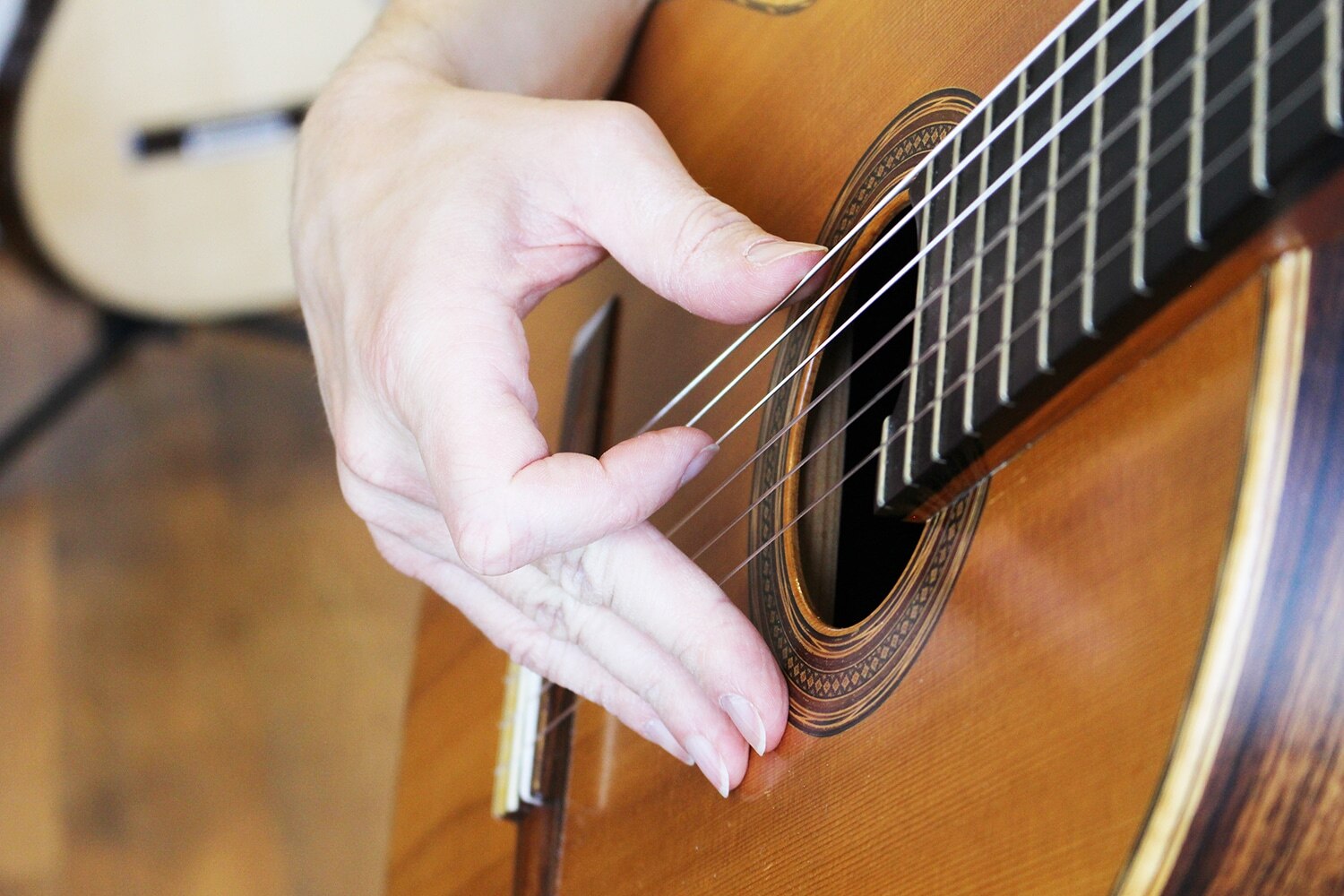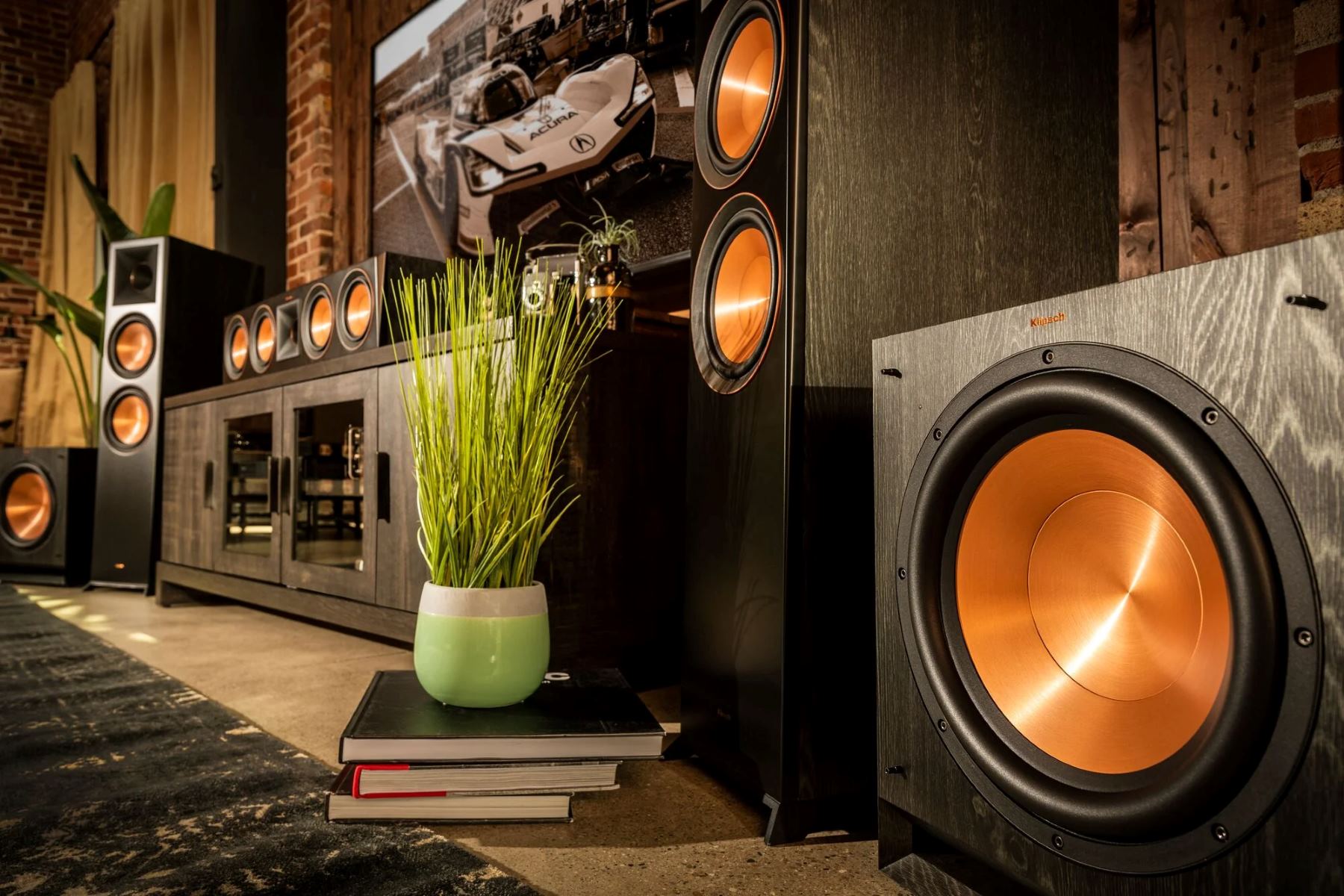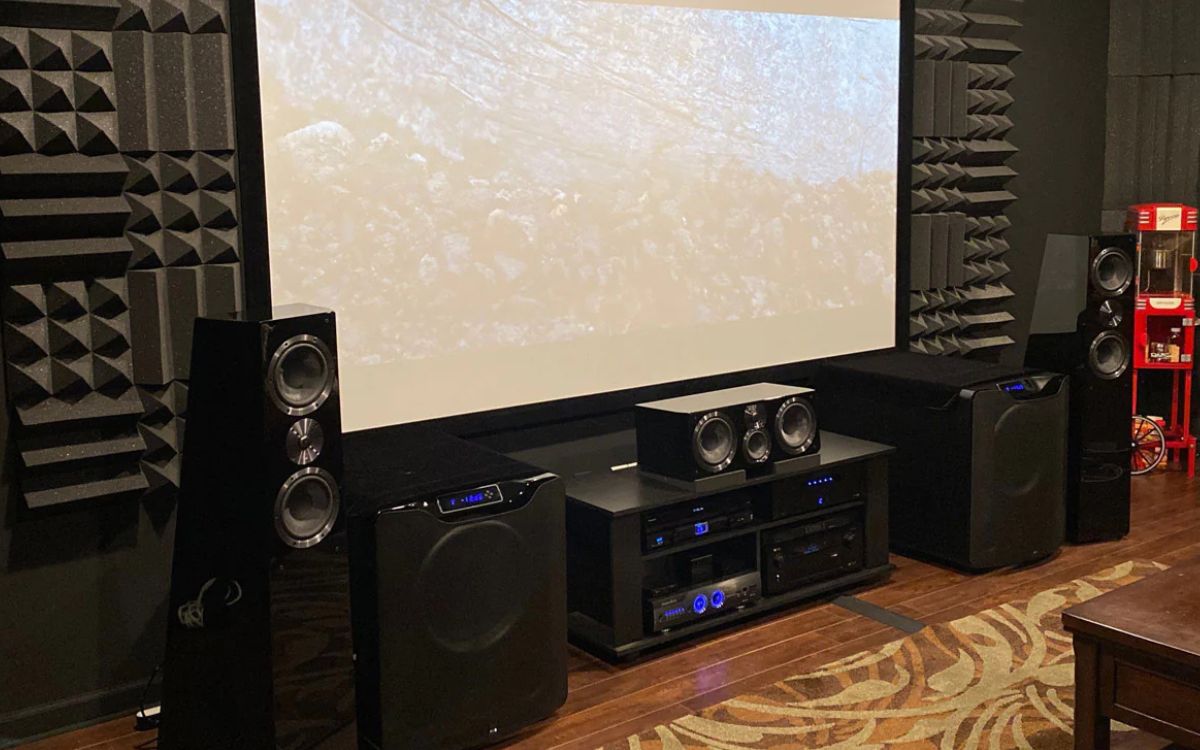Home>Instruments>Piano>How To Place Hands On Keyboard Piano
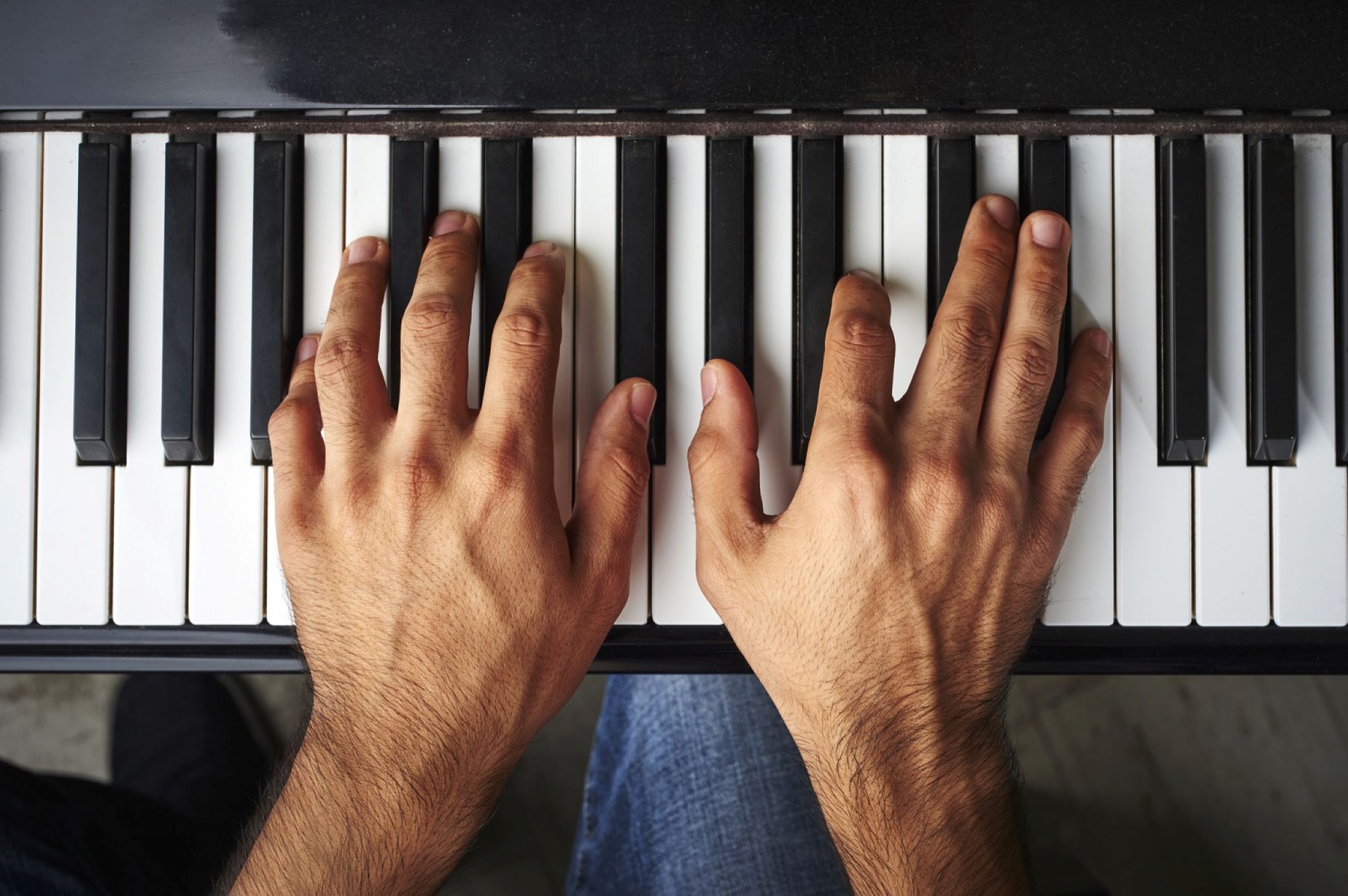

Piano
How To Place Hands On Keyboard Piano
Published: February 11, 2024
Learn the correct hand placement on the piano keyboard with our step-by-step guide. Master the basics and improve your piano playing skills today!
(Many of the links in this article redirect to a specific reviewed product. Your purchase of these products through affiliate links helps to generate commission for AudioLover.com, at no extra cost. Learn more)
Table of Contents
Introduction
Learning to play the piano is a rewarding endeavor that offers a lifetime of enjoyment and fulfillment. One of the fundamental aspects of mastering the piano is understanding the proper hand placement on the keyboard. Whether you're a beginner embarking on your musical journey or an experienced pianist looking to refine your technique, the way you position your hands on the piano keys significantly impacts your playing ability.
In this comprehensive guide, we will delve into the intricacies of hand placement on the piano keyboard. From basic hand position to specific techniques such as playing chords, scales, and arpeggios, we will explore the nuances of optimal hand placement for producing beautiful music.
Understanding the correct hand placement is crucial for developing dexterity, agility, and precision in playing the piano. By mastering the art of hand positioning, you can unlock your full potential as a pianist and elevate your musical expression to new heights.
Whether you aspire to play classical masterpieces, modern compositions, or your own original music, the insights shared in this guide will serve as a valuable resource in honing your piano skills. So, let's embark on this enlightening journey to discover the art and science of placing your hands on the piano keyboard.
Basic Hand Position
Establishing the correct hand position is the foundation for proficient piano playing. When seated at the piano, your hands should be positioned with a natural and relaxed curvature, hovering over the keys. Begin by sitting at the center of the keyboard with your back straight and shoulders relaxed. Your arms should hang comfortably by your sides, allowing your elbows to form a right angle when your hands are placed on the keys.
Ensure that your wrists are level with the piano keys, avoiding any excessive bending or tension. The fingers should be slightly curved, with the tips resting softly on the keys. It’s important to maintain a sense of lightness and agility in your hand posture, as excessive tension can impede fluidity and hamper your playing technique.
As you position your hands on the keyboard, keep in mind that each hand has a designated range of keys to cover. The right hand typically handles the higher notes to the right of the middle C, while the left hand manages the lower notes to the left of the middle C. This division of the keyboard allows for efficient hand coordination and facilitates the execution of complex musical passages.
Developing a solid foundation in basic hand position sets the stage for mastering more advanced piano techniques. By cultivating a relaxed and natural hand posture, you pave the way for seamless navigation across the keyboard and the ability to express a wide range of musical dynamics and emotions.
Finger Placement
Understanding proper finger placement is essential for achieving precision and control while playing the piano. Each finger is assigned a specific role in producing distinct notes and executing intricate musical passages. When positioning your fingers on the keys, it’s crucial to maintain a balanced and ergonomic approach to maximize your playing capabilities.
Begin by familiarizing yourself with the numbering of the fingers. The thumb is considered the first finger, followed by the index finger, middle finger, ring finger, and pinky, which are numbered two through five, respectively. This numbering system provides a standardized method for referencing finger positions in piano music notation and instructional materials.
When playing the piano, the fingers should be poised over the keys, with the fingertips making contact in a controlled and deliberate manner. The thumb is particularly versatile, capable of navigating both the black and white keys with ease. As the shortest finger, the pinky is responsible for reaching the outermost keys, while the remaining fingers cover the intermediate keys in a fluid and coordinated fashion.
Maintaining proper alignment and curvature of the fingers is crucial for producing clear and resonant tones. Avoid collapsing or stiffening the fingers, as this can hinder agility and diminish the quality of your playing. Instead, strive for a natural arch in the fingers, allowing them to exert just the right amount of pressure on the keys to produce a rich and expressive sound.
As you progress in your piano journey, you’ll discover the significance of finger independence and strength in executing complex musical patterns and passages. Cultivating dexterity and control in each finger empowers you to tackle challenging compositions with confidence and finesse.
By honing your finger placement technique, you lay the groundwork for unlocking the full potential of the piano as a versatile and expressive instrument. Embrace the artistry of finger placement, and let your musical aspirations flourish with each nuanced touch of the keys.
Hand Placement for Chords
Playing chords on the piano involves the harmonious combination of multiple notes struck simultaneously, creating rich and vibrant harmonies. Proper hand placement is crucial for effectively navigating and articulating chords across the keyboard. Whether you’re interpreting a soulful ballad or embellishing a lively jazz piece, mastering chord hand placement is essential for conveying the intended musical expression.
When approaching chords, it’s important to position your hands in a manner that allows for easy access to the required notes while maintaining a balanced and relaxed posture. Begin by identifying the individual notes comprising the chord and determining the most ergonomic finger assignments for each note. As you position your hands on the keys, ensure that your fingers are poised to strike the designated notes with precision and clarity.
For most chords, the use of both hands is common, especially when playing extended or complex chord voicings. Each hand is responsible for covering a specific range of notes within the chord, and proper hand placement facilitates seamless coordination between the hands. The fingers should align with the corresponding notes of the chord, allowing for smooth transitions and fluid movement across the keys.
As you approach the piano to play chords, maintain a relaxed and flexible hand posture, allowing for agile movement and effortless transitions between different chord shapes. Embrace the natural curvature of your fingers and wrists, avoiding tension that may impede your ability to navigate chords with ease and finesse.
Mastering hand placement for chords empowers you to convey the full spectrum of emotions and moods encapsulated within the music. Whether you’re crafting a gentle progression or unleashing a powerful sequence of chords, the art of chord hand placement serves as a gateway to expressing your musical artistry with depth and authenticity.
Hand Placement for Scales
Playing scales on the piano is a fundamental exercise that not only enhances technical proficiency but also cultivates a deep understanding of musical intervals and finger coordination. Proper hand placement is essential for navigating scales with agility and precision, allowing for seamless execution of ascending and descending patterns across the keyboard.
When positioning your hands for scales, begin by adopting a relaxed and balanced posture at the piano. Ensure that your fingers are poised to engage the keys with a fluid and controlled motion, allowing for a seamless transition between consecutive notes. The wrists should remain supple, facilitating smooth movement up and down the keyboard as you traverse the scale.
For most scales, each hand is assigned a specific range of notes to play, with the thumbs typically meeting at the middle C when playing scales that span multiple octaves. As you position your hands, maintain a sense of symmetry and alignment, allowing for consistent finger assignments across the scale patterns. This balanced approach enables you to navigate scales with ease and precision, fostering a sense of confidence and fluency in your playing.
It’s essential to cultivate finger independence and coordination when practicing scales, as this lays the groundwork for tackling more complex musical compositions with agility and finesse. By honing your hand placement for scales, you develop the muscle memory and technical proficiency necessary to execute scale passages with clarity and expressive nuance.
Embrace the art of scale hand placement as a gateway to unlocking the full potential of the piano, allowing you to explore a diverse range of musical genres and styles with confidence and artistry. Whether you’re embarking on a spirited jazz improvisation or interpreting a classical masterpiece, the mastery of scale hand placement empowers you to infuse your music with depth, precision, and soulful expression.
Hand Placement for Arpeggios
Arpeggios, with their cascading and melodious sequences of notes, add a touch of elegance and flair to piano compositions. Mastering the hand placement for arpeggios is essential for navigating the intricate patterns with grace and precision, allowing the notes to resonate harmoniously and expressively.
When positioning your hands for arpeggios, it’s essential to adopt a relaxed yet poised posture at the piano. The fingers should be positioned to effortlessly articulate the individual notes comprising the arpeggio, allowing for a seamless and flowing movement across the keys. As with other piano techniques, maintaining a natural curvature in the fingers and wrists is crucial for executing arpeggios with finesse and clarity.
Arpeggios often span multiple octaves, requiring agile hand movement and coordination. As you position your hands, ensure that each finger is assigned to the corresponding notes within the arpeggio, facilitating a smooth and fluid transition from one note to the next. Whether ascending or descending, the hand placement should enable effortless traversal of the arpeggio pattern, allowing the notes to ring out with resonance and expression.
Given the dynamic and expressive nature of arpeggios, mastering hand placement is integral to conveying the intended musical nuances. The art of arpeggio hand placement empowers pianists to infuse their performances with emotive depth, from delicate and ethereal arpeggios to bold and commanding passages.
By honing your hand placement for arpeggios, you unlock the potential to imbue your music with captivating flourishes and captivating melodic motifs. Whether you’re interpreting a classical sonata, a contemporary ballad, or exploring your own compositions, the mastery of arpeggio hand placement enriches your piano playing with sophistication and artistry.
Conclusion
Mastering the art of hand placement on the piano keyboard is a transformative journey that empowers pianists to unleash their full musical potential. From the foundational principles of basic hand position to the nuanced techniques of navigating chords, scales, and arpeggios, the significance of optimal hand placement cannot be overstated.
By embracing the principles of relaxed and balanced hand posture, pianists lay the groundwork for developing dexterity, agility, and precision in their playing. The cultivation of proper finger placement fosters a deep sense of control and expression, allowing for the seamless articulation of musical phrases and passages.
Whether interpreting classical compositions, exploring contemporary repertoire, or composing original music, the mastery of hand placement opens doors to a world of musical expression and creativity. It serves as the gateway to conveying a diverse range of emotions, from tender and introspective melodies to bold and commanding virtuosic displays.
As pianists embark on their musical odyssey, the art of hand placement becomes an integral part of their musical identity, shaping the way they interact with the instrument and communicate through music. It is a journey of continuous refinement and exploration, where each nuanced touch of the keys reflects the depth of their artistry.
In conclusion, the art and science of hand placement on the piano keyboard are foundational elements that underpin the artistry and technical prowess of pianists. Through dedicated practice, thoughtful attention to detail, and a spirit of creative expression, pianists can elevate their playing to new heights, captivating audiences and enriching their own musical experiences with every note they play.

